- No products in the cart.
Famotidine tab p / 40 mg of 30 pcs, Hemofarm
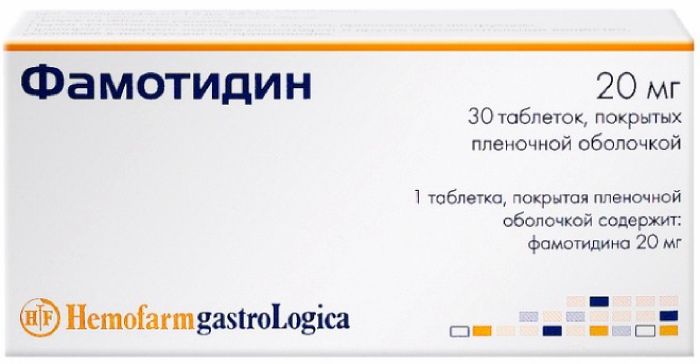
Famotidine tab p / 20 mg of 30 pcs, Hemofarm
$1.56
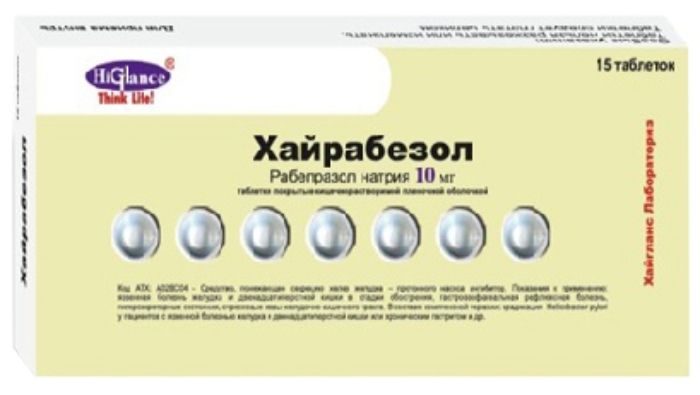
Hayrabezol tab n / an kish.rastv. 10 mg 15 pcs
$8.00
$2.33
Famotidine tab p / 40 mg of 30 pcs, Hemofarm
Description
Composition
Active substance:
1 tablet contains 40 mg of famotidine.
Excipients:
Corn starch, microcrystalline cellulose, silica, talc, magnesium stearate, croscarmellose sodium shell: hypromellose, titanium dioxide, lactose monohydrate, macrogol 4000, triacetin, iron colorant oxide yellow [E172], a colorant ferric oxide red [E172], iron colorant oxide black [E172].
Description:
Round, biconvex tablets, film-coated, pale brown with a slight pinkish tint on white fracture.
Product form:
Film-coated tablets 40 mg. 10 tablets are film-coated in a blister made of PVC / AL. 3 blisters with instructions for use in a cardboard pack.
Contraindications
Pregnancy, lactation, increased sensitivity to blockers of famotidine or other H2-histamine receptors, childhood.
Precautions: hepatic and / or renal failure, cirrhosis with portosystemic encephalopathy (history), immunodeficiency.
Dosage
40 mg
Indications
Peptic ulcer and 12 duodenal ulcer relapse prevention;
Erosive gastroduodenitis;
Functional dyspepsia associated with increased secretion;
Symptomatic and stress ulcer gastrointestinal tract;
Reflux esophagitis;
Prevention of relapse associated with prolonged use of nonsteroidal anti-inflammatory agents; Zollinger-Ellison syndrome;
Systemic mastocytosis;
Multiple endocrine adenomatosis;
Prevention of recurrence of bleeding in the postoperative period;
Prevention of aspiration of gastric juice in patients who have surgery performed under general anesthesia (Mendelson’s syndrome);
Prevention of aspiration pneumonitis;
Dyspepsia with epigastric or retrosternal pain occurring at night or associated with food intake.
Interaction with other drugs
Increases the absorption of amoxicillin and clavulanic acid. Compatible with 0.18 and 0.9% solution of NaCl, 4 and 5% dextrose, 4.2% sodium hydrogencarbonate solution. While the use of antacids containing magnesium and aluminum, sucralfate occurs famotidine absorption intensity reduction, so the interval between the administration of these drugs should be at least 1-2 hours. Due to raise the pH of stomach contents while receiving may decrease the absorption of itraconazole and ketoconazole. Drugs that suppress the bone marrow, increasing the risk of developing neutropenia. Inhibits hepatic metabolism of diazepam, hexobarbital, propranolol, lidocaine, phenytoin, theophylline, anticoagulants.
Overdose
Symptoms: vomiting, motor excitation, tremors, decreased blood pressure, tachycardia, collapse.
Treatment: after oral administration shows induction of emesis and / or gastric lavage. Symptomatic and supportive therapy: in convulsions – in / diazepam; bradycardia – atropine; with ventricular arrhythmia – lidocaine. Hemodialysis is effective.
pharmachologic effect
Pharmacological group:
Gastric glands secretion depressing agent – H2-histamine receptor blocker
Pharmacodynamics:
Famotidine is a competitive antagonist of histamine. Acting on histamine H2 – receptors of the parietal cells significantly reduces the secretion induced by various stimuli hydrochloric acid. And reduced basal secretion of hydrochloric acid. To a lesser extent inhibited induced secretion of pepsinogen. Causes dose-dependent suppression of the production of hydrochloric acid and pepsin activity decrease. It did not significantly alter the level of gastrin in plasma. The duration of drug action at a single intake dose-dependent and ranges from 12 to 24 hours.
Pharmacokinetics:
After intake of rapidly absorbed from the gastrointestinal tract. After oral administration the maximum plasma concentration is reached within 1-3.5 hours. Plasma protein binding is 15-20%. Famotidine 30-35% metabolized in the liver (to form S-oxide). Elimination mainly occurs via the kidneys: 27-40% of the drug excreted in the urine unchanged. The half – 2.5-4 hours, in patients with a creatinine clearance less than 30 mL / min is increased to 10-12 hours. It crosses the placental barrier and is excreted in breast milk.
Pregnancy and breast-feeding
During pregnancy and lactation – the use of the drug is contraindicated.
Conditions of supply of pharmacies
On prescription.
side effects
Dry mouth, nausea, vomiting, abdominal pain, flatulence, constipation, diarrhea, appetite disorders; Increased activity “liver” enzymes, hepatitis, acute pancreatitis;
Headache, dizziness, insomnia, anxiety, tinnitus;
Fatigue, drowsiness, depression, anxiety, psychosis;
Blurred vision, paresis of accommodation;
Confusion, hallucinations, hyperthermia;
Fever;
Bradycardia, arrhythmia, vasculitis, lowering blood pressure, antrioventrikulyarnaya blockade;
Muscle pain, joint pain;
dry skin, alopecia, acne vulgaris, skin rash, itching, bronchospasm, angioedema, anaphylactic shock, and other manifestations of hypersensitivity; Increased urea blood levels, leukopenia, thrombocytopenia, agranulocytosis, pancytopenia, hypoplasia, aplasia of the bone marrow;
Chronic administration of high doses – hyperprolactinemia, gynecomastia, amenorrhea, reduced libido, impotence.
special instructions
Before treatment is necessary to exclude the possibility of malignant diseases of the esophagus, stomach or duodenum, as famotidine may mask the symptoms.
The symptoms of a peptic ulcer 12 – duodenum may disappear within 1-2 weeks, therapy should be continued for as long as the scarring is not confirmed by endoscopy or X-ray examination. Cancel famotidine gradually because of the risk of the syndrome of “rebound” in the abrupt cancellation.
Prolonged treatment in immunocompromised patients, as well as the stress of possible bacterial lesions of the stomach and then spread the infection.
Famotidine (blocker H2-histamine receptors) should be taken at 2 h after administration of ketoconazole or itraconazole avoid significant decrease their absorption.
Counteracts the influence of histamine and pentagastrin on acid stomach function, so for 24 hours preceding the test, famotidine not recommended.
Famotidine inhibits cutaneous reaction to histamine, thus leading to false negative results (before the diagnostic skin tests for the detection of cutaneous allergic reactions of the immediate type is advisable to discontinue the use of famotidine).
During treatment should avoid eating food, beverages and other. Drugs, which can cause irritation of the gastric mucosa.
The efficacy of famotidine in inhibiting nocturnal acid secretion in the stomach may decrease as a result of smoking.
Patients with burns may require increased doses of the drug due to the increased clearance.
When you miss a dose, it should be taken as soon as possible; not take if it is time to receive the next dose; not double the dose. If no improvement is necessary to consult a doctor.
Storage conditions
In a dry, dark place at a temperature of from 15 to 25 ° C. Keep out of the reach of children.
Dosing and Administration
The inside is not liquid, squeezed with sufficient water.
Adults:
In gastric ulcer and duodenum 12 in the acute phase, symptomatic ulcer, erosive gastroduodenitis usually prescribed dose of 20 mg 2 times a day or 40 mg 1 time per day at night. the daily dose can be increased if necessary up to 80 – 160 mg. The treatment course of 4-8 weeks. When dyspepsia associated with increased gastric secretory function is assigned to 20 mg 1-2 times a day. In order to prevent recurrence of peptic ulcer administered 20 mg 1 time per day at bedtime. When reflux esophagitis 20-40 mg twice daily for 6-12 weeks. When Zollinger-Ellison syndrome the dose and duration of treatment is determined individually. The initial dose is typically 20 mg every 6 hours and can be increased to 160 mg every 6 hours. To prevent aspiration of gastric acid when administered general anesthesia with 40 mg in the evening and / or morning of surgery. Famotidine tablets should be swallowed without chewing, with a sufficient amount of water. In renal failure, if creatinine clearance less than 30 mL / min or creatinine content in serum of more than 3 mg / 100 ml, the daily dose should be reduced to 20 mg.
Information
Appearance may differ from that depicted in the picture. There are contraindications. You need to read the manual or consult with a specialist
Additional information
| Weight | 0.100 kg |
|---|---|
| Manufacturer | STADA |

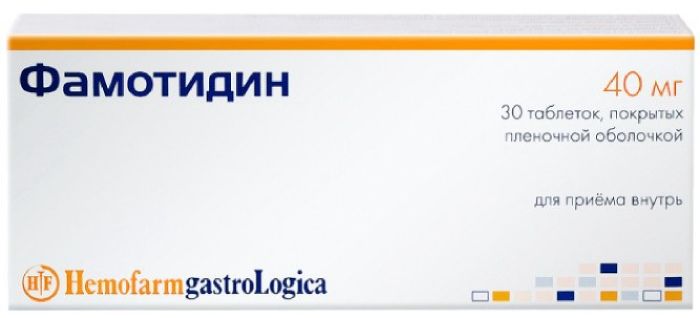

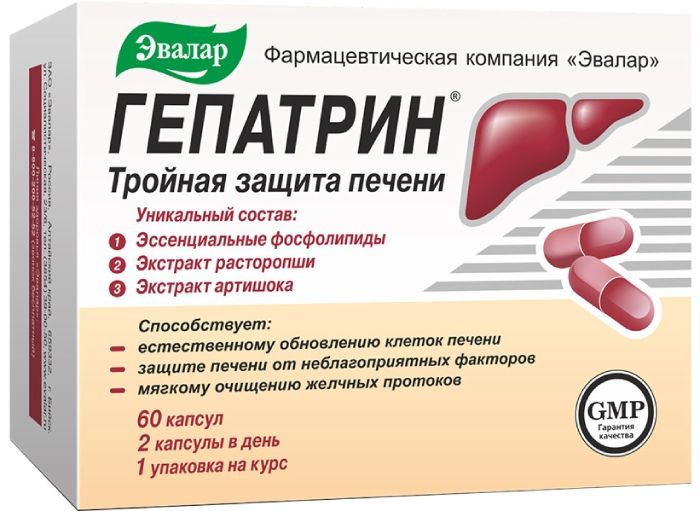
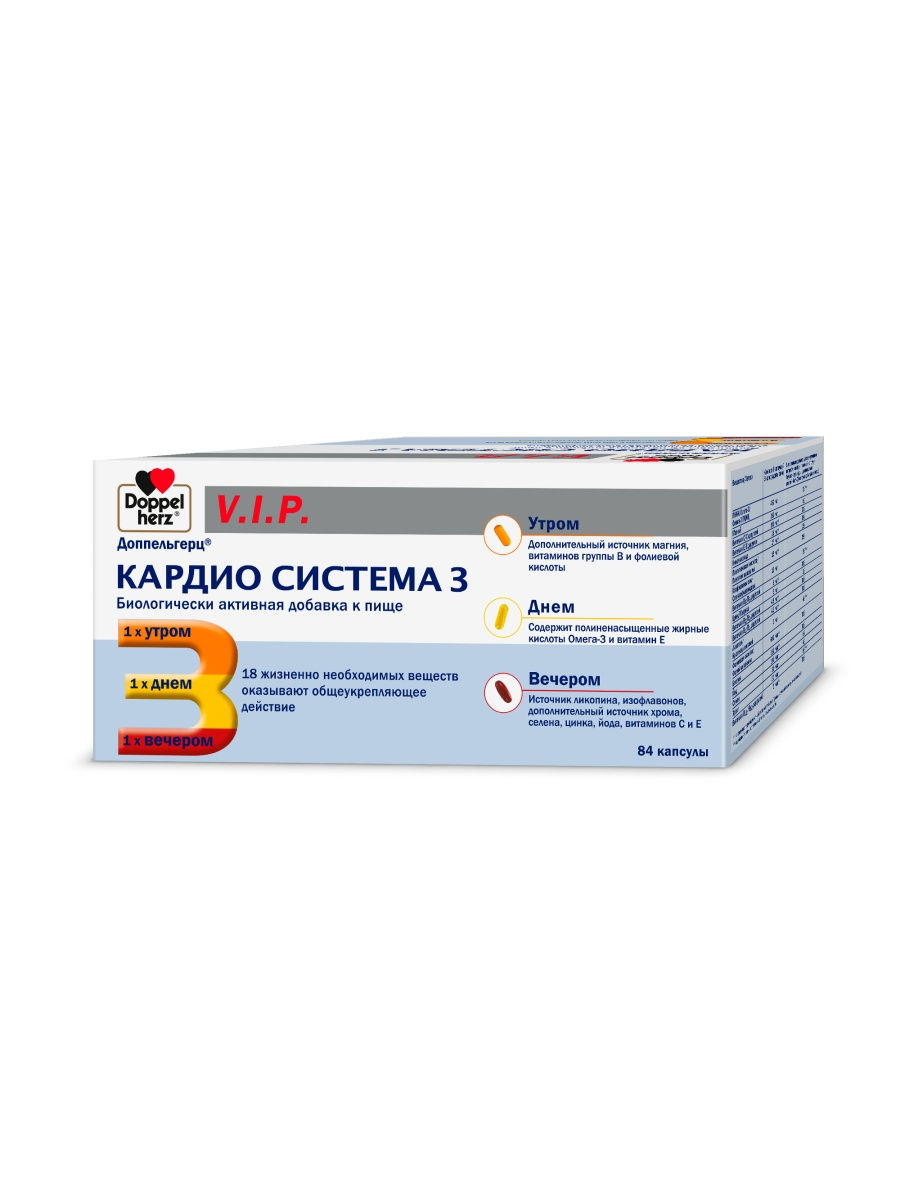
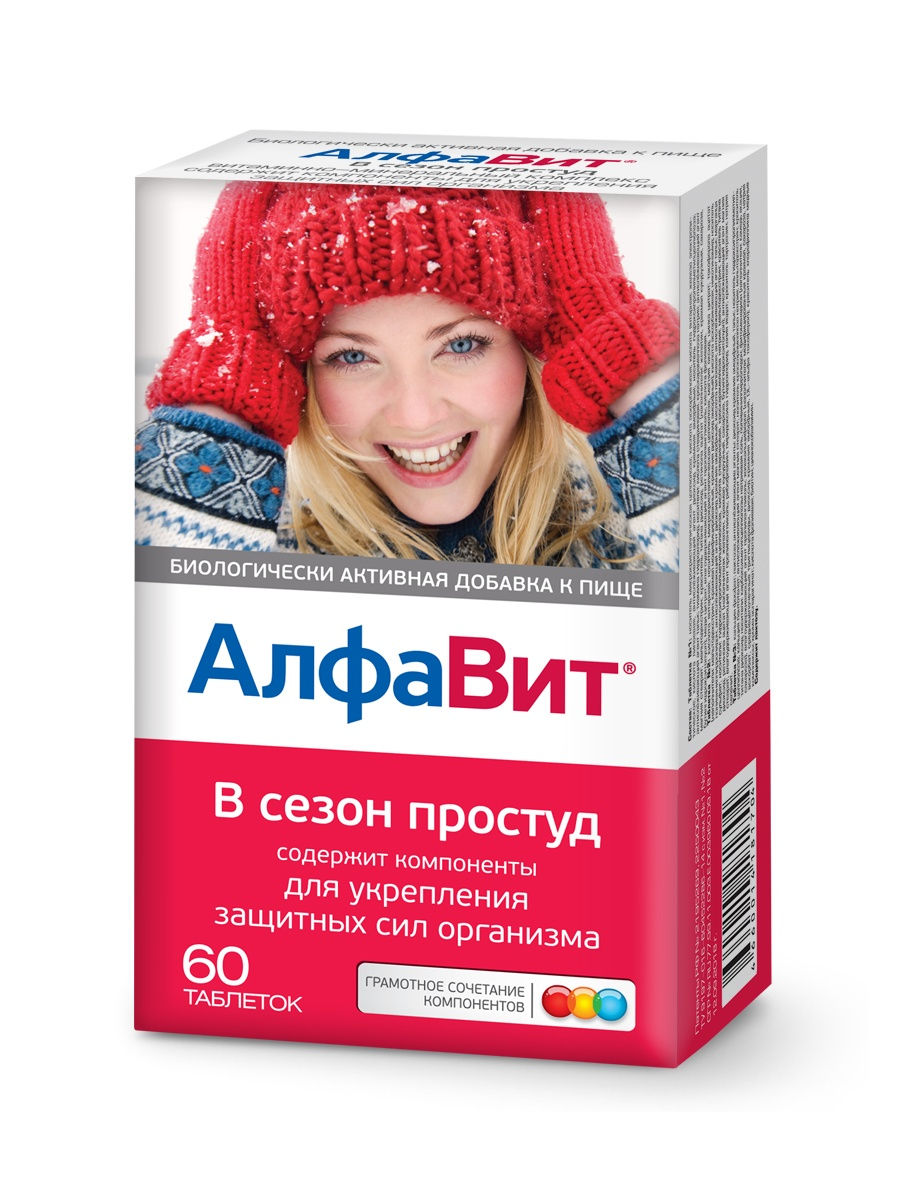
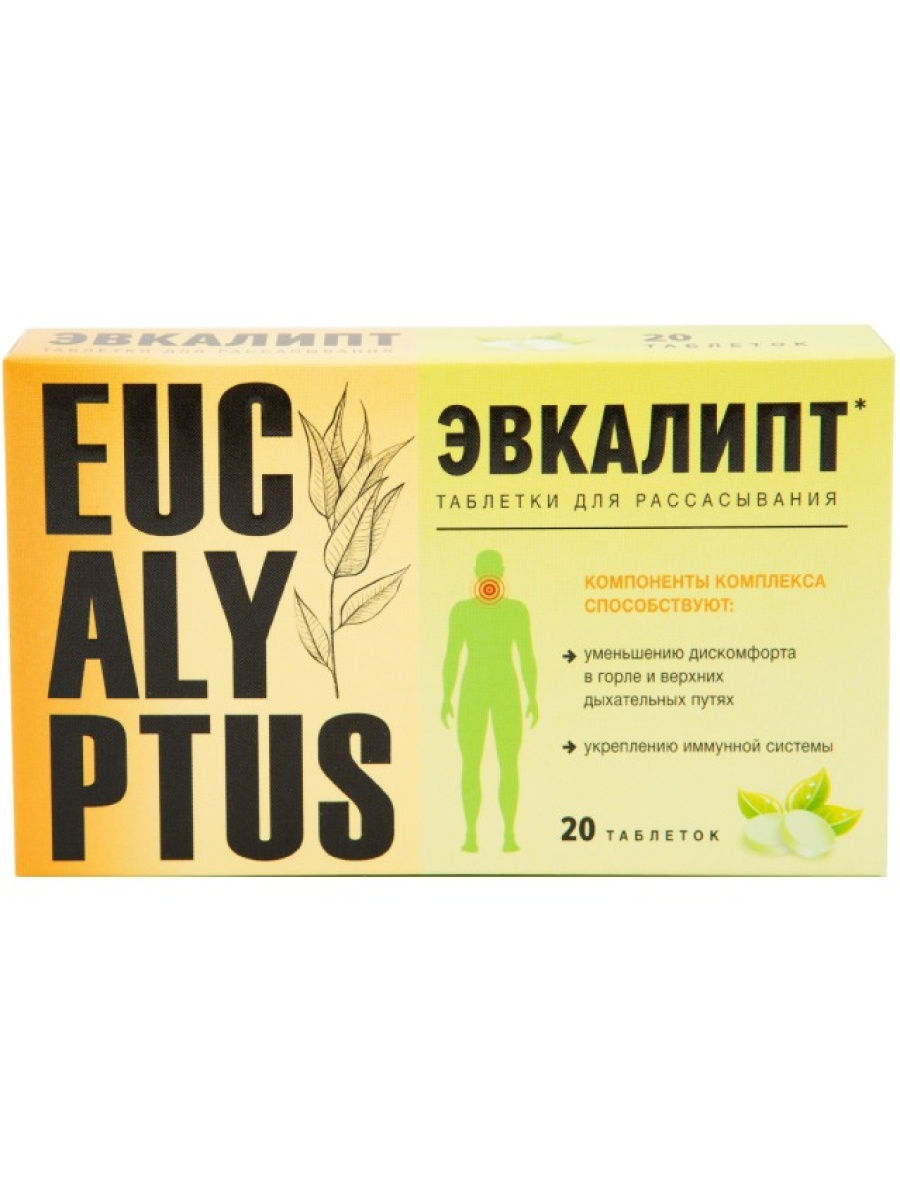
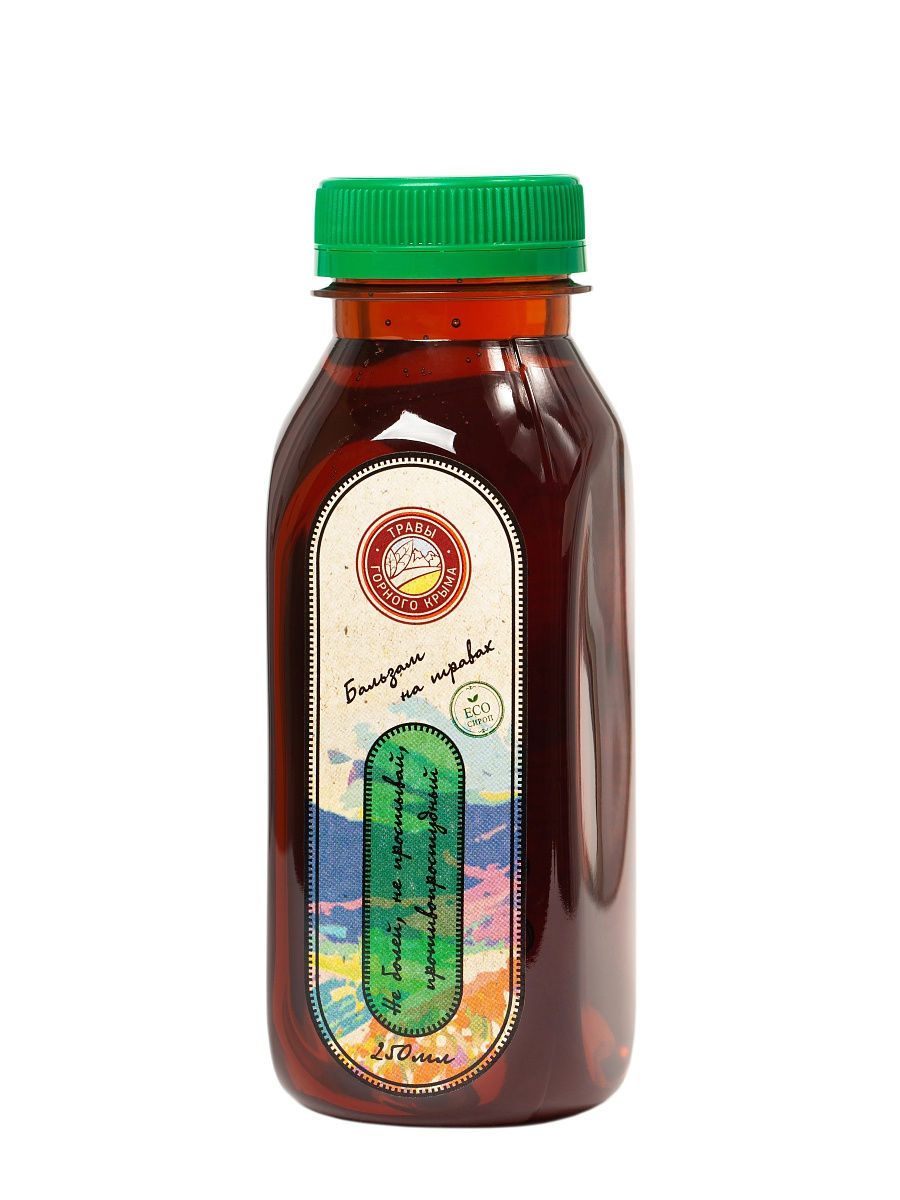




There are no reviews yet.